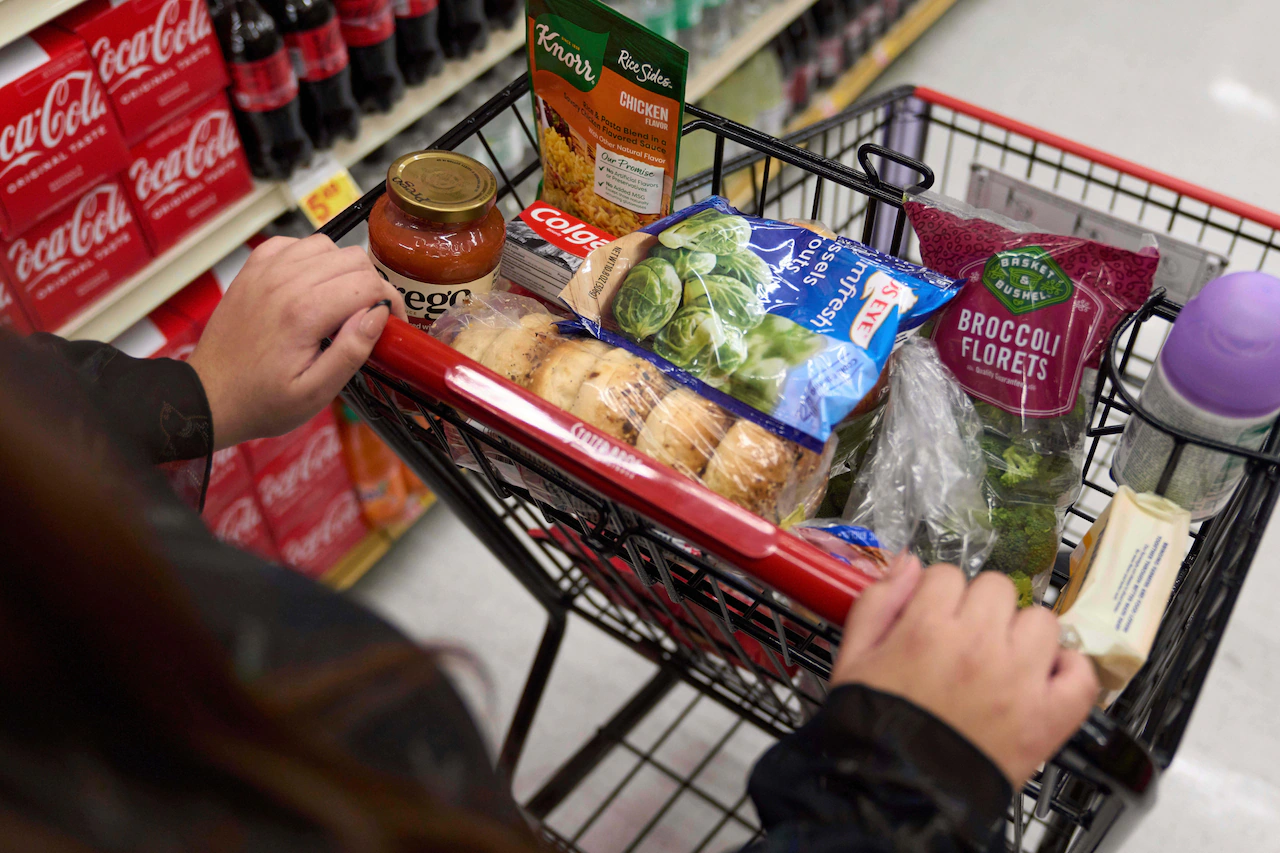Copyright Staten Island Advance

The millions of New Yorkers who rely on the Supplemental Nutrition Assistance Program to help feed their families could soon lose those benefits as a result of the ongoing federal government shutdown, state officials warned. Officials announced last week that the nearly three million New York residents who receive SNAP benefits could lose access to them beginning Nov. 1 due to the shutdown. “SNAP is the largest and most effective hunger prevention program in the country and to permit monthly benefits to halt would be unprecedented and have an immediate and devastating impact on the 40 million Americans and nearly 3 million New Yorkers who depend on the program to put food on their table,” said New York State Office of Temporary and Disability Assistance Commissioner Barbara C. Guinn. Earlier this month, the federal government directed states to withhold issuing SNAP benefits for the month of November unless the government shutdown has been resolved. In New York, 2,961,711 residents rely on SNAP benefits, including 121,536 in Congressional District 11, which covers Staten Island. “SNAP recipients, most of whom are children, older adults or disabled, count on SNAP every month to feed their families. Food assistance is critically needed and is a particular concern given the current high costs of food, rent, and energy. The federal government must act now to provide the necessary funding for SNAP benefits so that the millions of Americans and New Yorkers who depend on it are not allowed to become the casualties of a budget fight,” Guinn added. Food insecurity on Staten Island The withholding of November SNAP benefits could exacerbate an ongoing food insecurity crisis on Staten Island, where many borough residents are already struggling. In fact, tens of thousands of Staten Islanders struggle each day to feed their families, relying on government assistance and local food pantries to put meals on the table. And with healthier foods, like fresh meats and produce, often selling at a higher price, these borough residents often turn to cheap, processed alternatives at a detriment to their longterm health. Last year, the Advance/SILive.com published a series of articles, “Health and Hunger on Staten Island,” analyzing food insecurity on Staten Island and the role it plays in the health of the borough’s residents, as well as speaking to local nonprofits and healthcare experts about how the borough can better address this widespread issue moving forward. Food insecurity and the negative health outcomes that stem from an innutritious diet are issues that impact thousands in all corners of the borough, but as is often the case, those struggling financially are disproportionately impacted. The Advance/SILive.com analyzed data from the U.S. Census Bureau 2022 American Community Survey and the Centers for Disease Control and Prevention’s (CDC) 2023 PLACES: Local Data for Better Health finding that areas where a higher percentage of residents rely on government assistance to afford food have higher rates of various health conditions that stem from poor diet. The data shows that the Staten Island ZIP codes with the highest percentage of residents receiving Supplemental Nutrition Assistance Program (SNAP) benefits, an indication of struggling to afford food, typically have higher rates of obesity, diabetes and high blood pressure. In the 10304 ZIP code, where a borough-high 26.1% of households rely on SNAP benefits, the percentage of adults dealing with obesity, diabetes and high blood pressure are 36%, 13.9% and 32.9%, respectively. On the other end of the spectrum, in the 10308 ZIP code, were the lowest percentage of households, 3.8%, receiving SNAP benefits, the rates of adults dealing with the aforementioned health conditions are 31.1%, 9.7% and 29%, respectively. When comparing these two areas, the rate of adults dealing with obesity is 15.8% higher in 10304 versus 10308, while the rates of diabetes and high blood pressure are 43.3% and 13.4% higher, respectively. The withholding of SNAP benefits could make matters even worse for Staten Islanders, reducing their monthly grocery budgets by hundreds of dollars and forcing them to turn to even cheaper, unhealthier options, or in extreme cases, go without food.



